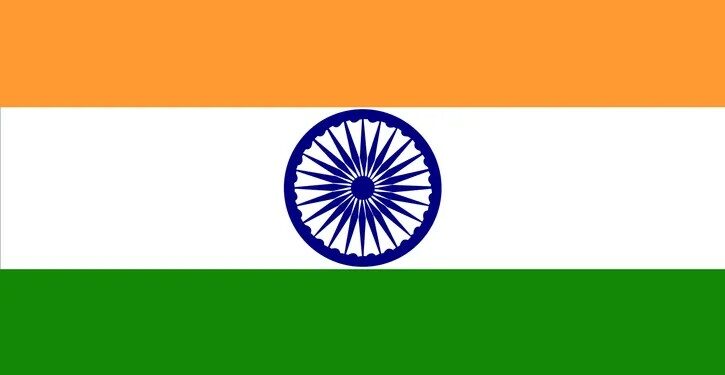The struggle for Indian independence was a long and arduous path that culminated on August 15, 1947, when the nation finally broke free from British colonial rule. This momentous event marked the end of nearly two centuries of British dominion and the birth of a sovereign, democratic nation.
The roots of India’s independence movement can be traced back to the mid-19th century, with the Indian Rebellion of 1857 serving as a significant catalyst. However, it was in the early 20th century that the movement gained substantial momentum under the leadership of Mahatma Gandhi. Gandhi’s philosophy of non-violent civil disobedience, known as “Satyagraha,” became the cornerstone of the independence struggle.
Key milestones in the journey included the Swadeshi movement, which boycotted British goods; the Non-Cooperation Movement of 1920-1922; and the Salt March of 1930, which protested the British monopoly on salt production. These actions, along with countless other demonstrations and acts of civil disobedience, gradually eroded British control and galvanized public support for independence.
The Indian National Congress, founded in 1885, played a crucial role in the freedom struggle. Leaders like Jawaharlal Nehru, Sardar Vallabhbhai Patel, and Subhas Chandra Bose, among others, worked tirelessly alongside Gandhi to unite the nation and pressure the British government.
World War II significantly weakened Britain’s hold on its colonies. The post-war Labour government in Britain, led by Clement Attlee, recognized that maintaining control over India was no longer feasible. However, religious tensions between Hindus and Muslims complicated the transition to independence, ultimately leading to the partition of British India into two nations: India and Pakistan.
On the midnight of August 14-15, 1947, India’s first Prime Minister, Jawaharlal Nehru, delivered his famous “Tryst with Destiny” speech, ushering in a new era of freedom. The joy of independence was tempered by the tragedy of partition, which resulted in massive population exchanges and communal violence.
India’s independence marked not only the end of British colonial rule but also inspired freedom movements across Asia and Africa. The new nation faced enormous challenges, including poverty, illiteracy, and regional disparities. However, it also had the opportunity to shape its own destiny, establish democratic institutions, and work towards economic and social progress.
Today, as India continues to evolve as a global power, the struggle for independence remains a source of national pride and inspiration, reminding citizens of the sacrifices made by their forebears in the pursuit of freedom and self-determination.
newshub











Recent Comments